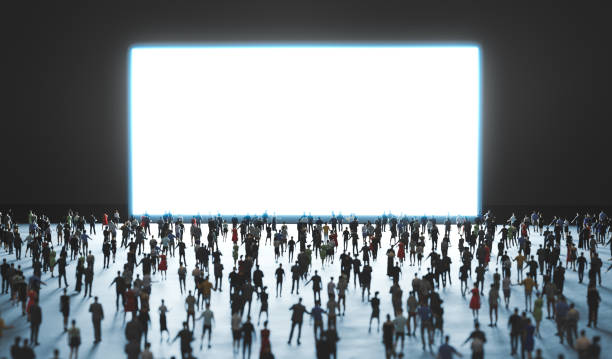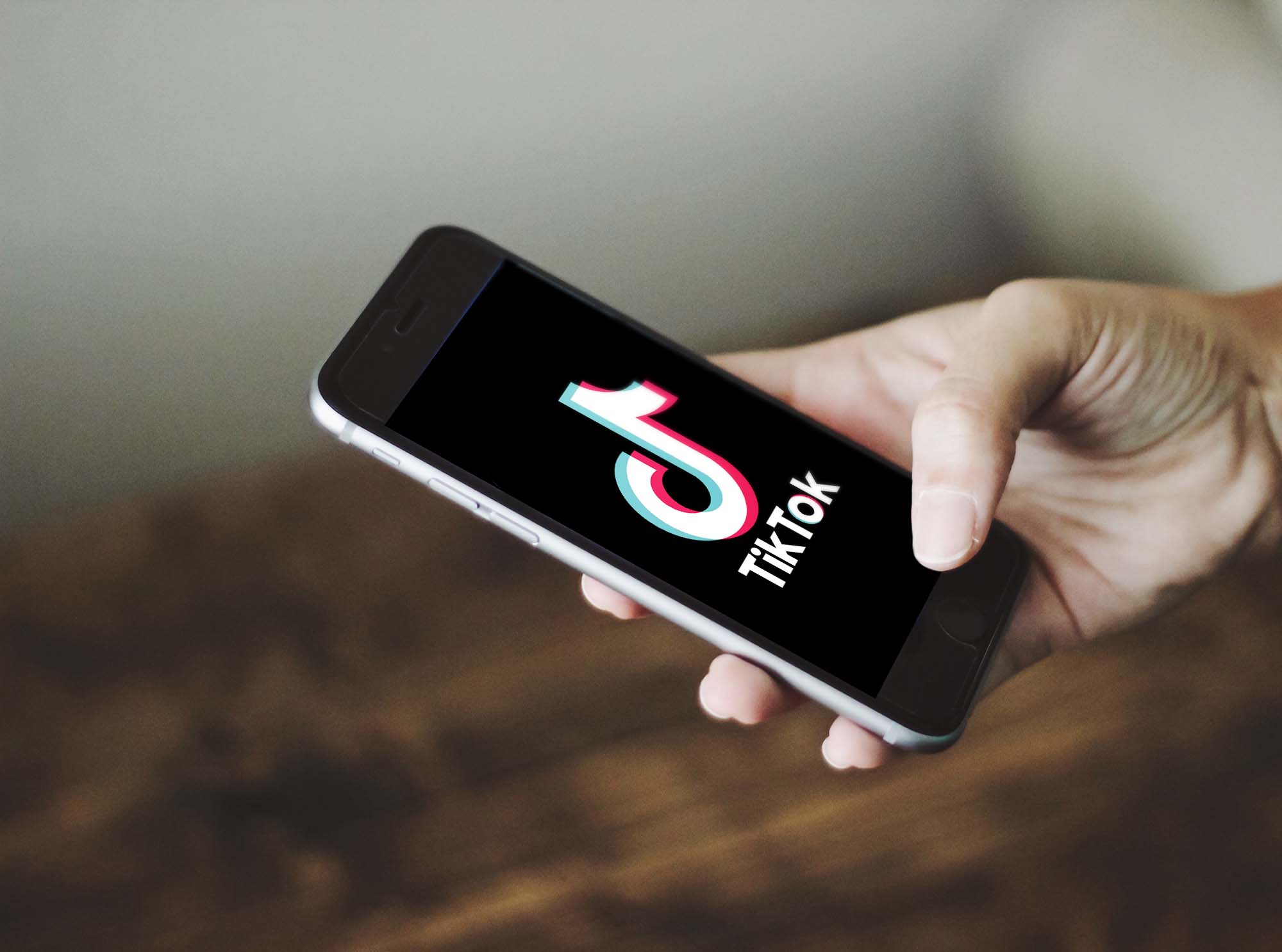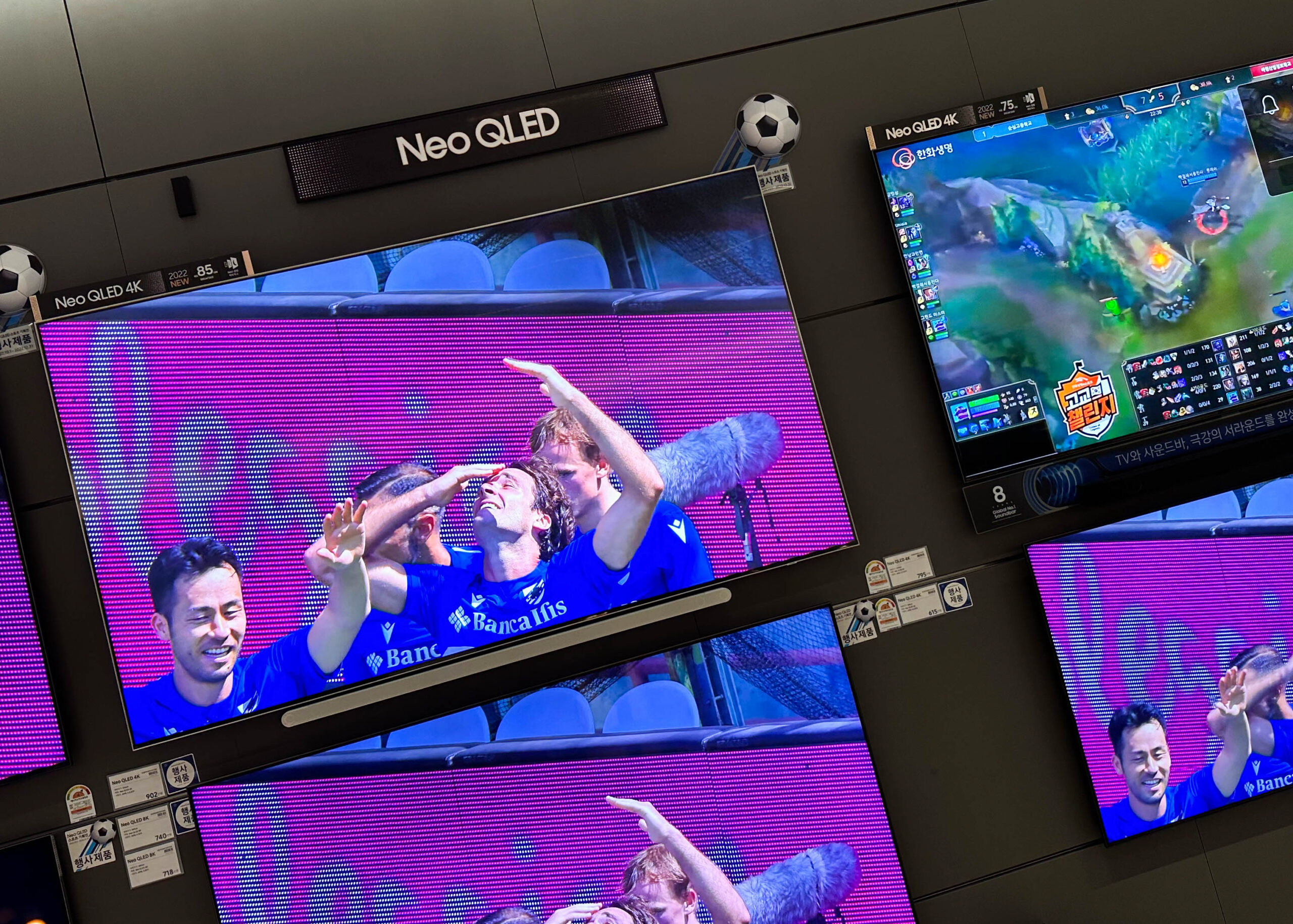There’s a trend in entertainment where we tend to think the biggest is the best. The biggest hits, the most noise, the best-selling, these are all indicators of some part of success, but too often we ignore the fact that size doesn’t automatically indicate quality. There are times when going bigger adds little to the experience, and rarely is this as true as it is in the world of screen technology.
As a part of our entertainment systems, bigger screens appeal to us on a base level. They allow more spectacle, but this doesn’t apply equally to everything. There are cases where smaller systems can be just as useful and engaging as their larger cousins, and knowing when this difference appears can save you from wasting your hard-earned cash.
Small Experiences, Big Responses
One of the most indicative examples of a smaller screen offering an experience without downsides is found in the world of mobile online casino gaming. Online blackjack at Paddy Power, for example, has all of its titles perfectly adapted to mobile play. Whether looking at Premium, Original, or any of the other versions, the smaller screens of phones can even aid play by streamlining the control process. You don’t need a lot of movement or space to play in a physical game, and the same is true in a mobile casino that still captures the spirit of the original.
“TikTok on iPhone” (Public Domain) by Nordskov Media
Similar concepts also hold for some forms of video content, especially small-form videos for streaming systems like TikTok. The smaller a video is in length, the better it’s suited to devices like mobiles and tablets. With these, quick flicks to move between content are both more natural and convenient than with more traditional control systems. This is a key component in why, according to traffic analyzer Semrush, 82.6% of TikTok traffic comes from mobiles.
The Hardware Tradeoff
Acting as the other part of the screen size equation is that even in the cases when larger can be an advantage, more space can be part of a tradeoff. Consider a 50-inch 1080p screen versus a 30-inch 4K screen. While the 50-inch offers much more to look at from the perspective of area, the far superior pixel density of the 30-inch display will give its users the potential for a more detailed experience.
In fact, there is a multitude of tradeoffs that come with increasing screen size, as the cost goes up and other elements begin to fall by the wayside. As Pointer Clicker reveals in an HDR article, advanced features can be expensive, and their cost tends to scale with greater screen real estate. This applies similarly to the frame rate and colour gamut, both of which can make or break the system for some users.
“SAMSUNG DIGITAL PLAZA DAECHI Smart TV” (CC BY-ND 2.0) by TheBetterDay
The takeaway we want to leave readers with here is that, as annoying as the complications can be, sometimes you don’t want to look for the biggest screen possible. Instead, pay more attention to what you use your display for, and look into what advantages smaller but more powerful options can offer. Big things can come in small packages, and it’s better to put the time in now than to end up with something you’re not completely satisfied with.
Published by HOLR Magazine.




